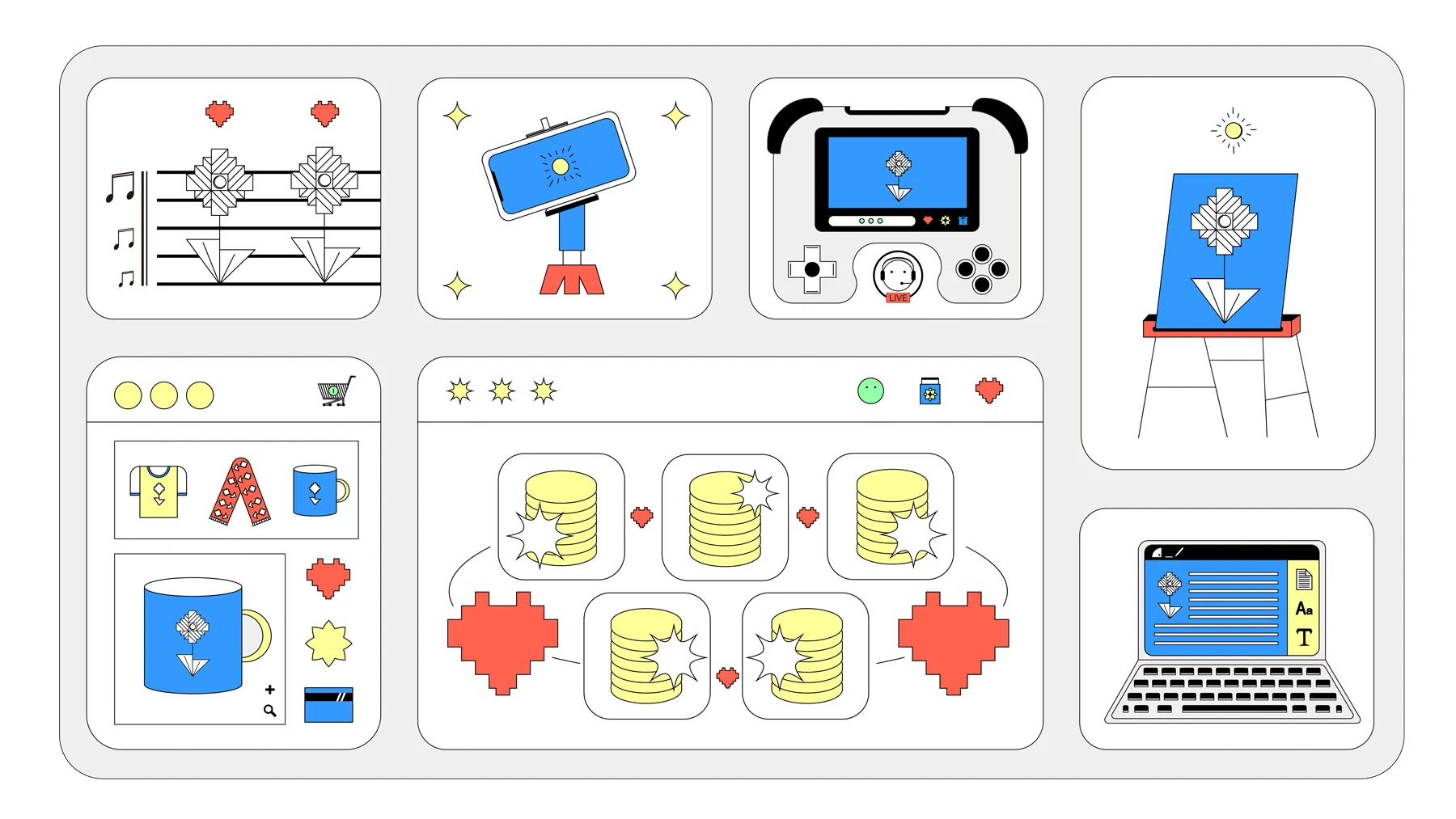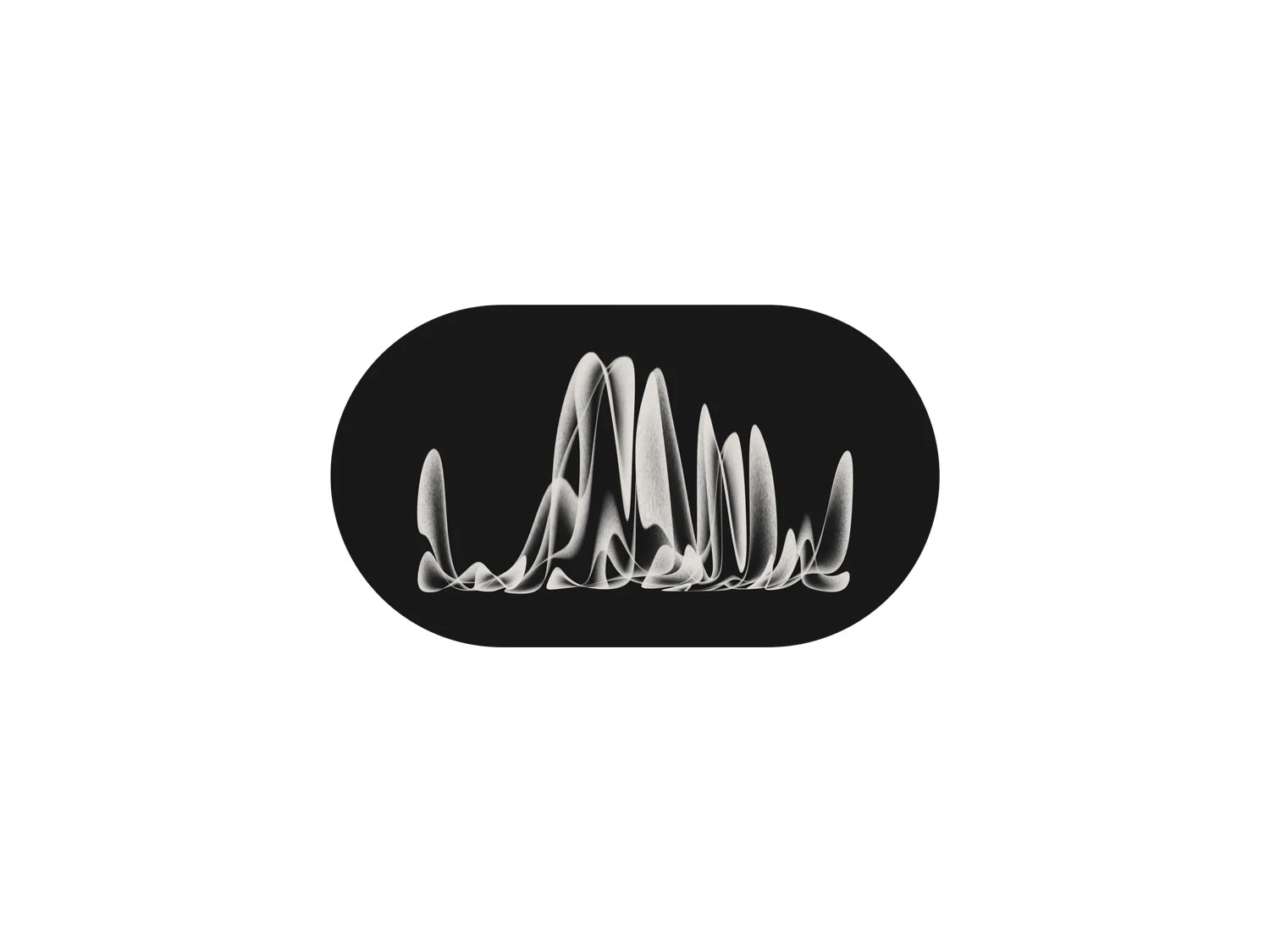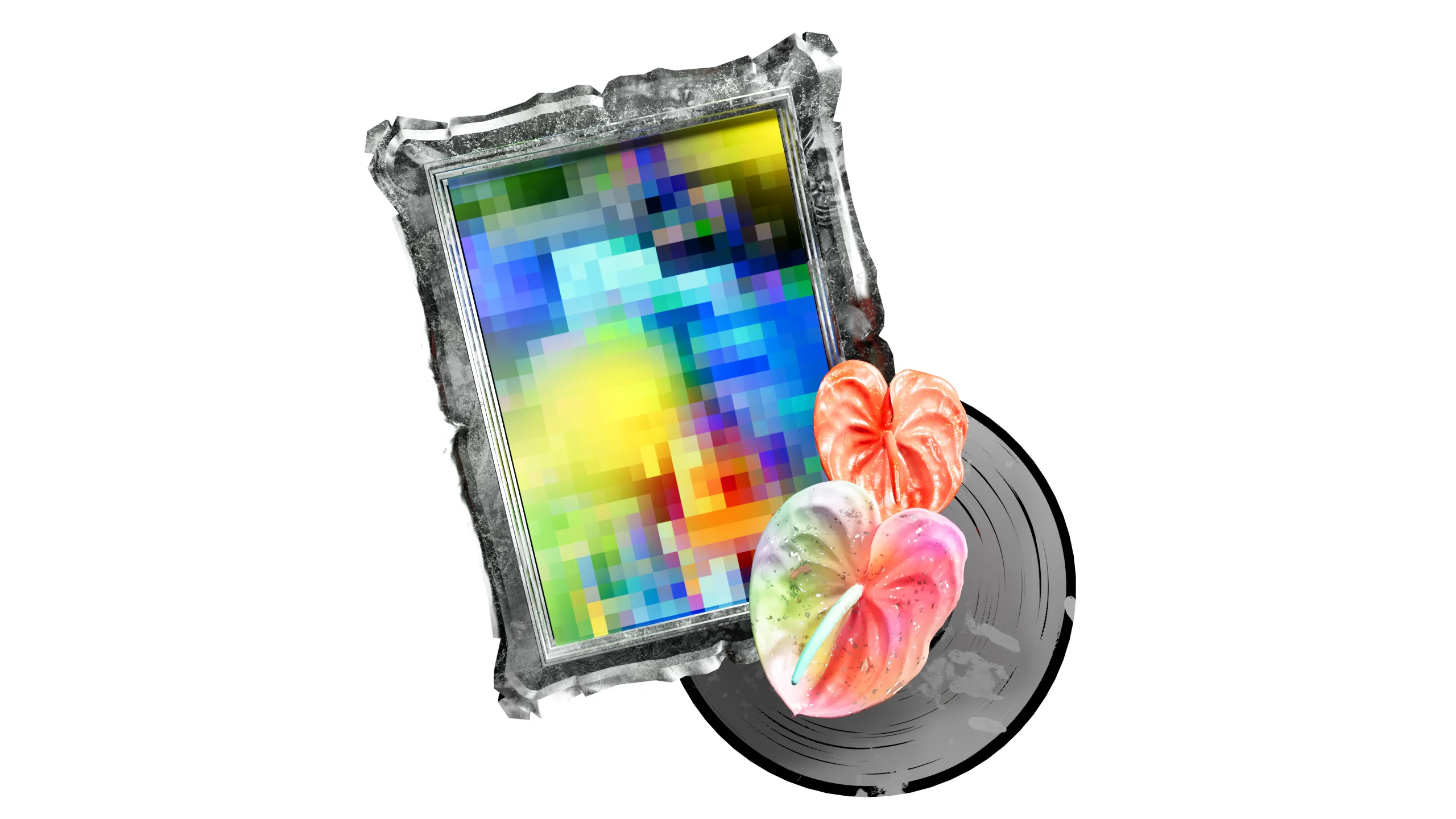

As part of our series, Decoded, we’ve teamed up with Creative Lives in Progress to take a deep dive into emerging digital cultures and technologies. For our final article, we examine the creator economy, exploring the various opportunities for emerging creatives in the space, and speak to project director at TikTok Creative Lab, Stephanie Hulbert-Thomas for some inside insight.
Illustrations by Rui Zhang.

What exactly is the creator economy?
Open up any social media app and chances are, you’ll find an endless stream of content. From producers sharing snippets of new tracks to chefs posting process videos, the web has made ‘creators’ of individuals in almost every profession. While we’re used to the idea of sharing our work or passions online, today, the growing creator economy allows anyone and everyone to make money from doing so – and that includes creatives.
In fact, content creation jobs saw a 300% increase since 2021 – with everyone from dog food manufacturers to radio stations and even the golfing industry on the hunt for talent to help them connect with new audiences online. All of which almost certainly cements the ‘creator’ as a prominent job of the future.
It’s not a risk-free endeavour, though. The explosive growth of the creator economy means it remains vulnerable to growing pains, with platforms like Patreon recently reported to have laid off 80 staff after rapidly expanding during the pandemic.And as the space continues to evolve, we can expect as many failed enterprises as there are exciting new ventures, making it a highly rewarding but potentially risky path.
What career opportunities are available?
The boom of the creator economy means there are opportunities for all types of creatives—whether it’s freelance, full-time work or running your own business.
Creating content for your own brand or community
The most immediate opportunity is establishing an additional source of income through your current practice. For independent creatives, this means getting to build on the work you love, supported by a community of fans who want to see more of it. For animators this might be producing exclusive video tutorials on Patreon, or for writers, offering subscriber-based newsletters on Substack.
There’s a huge range of platforms out there on which you can post and produce content. On YouTube and Twitch livestreams, creators can turn on advertisements and enable subscriptions for paying fans to access content ad-free. Patreon and Substack have subscription-based models where creators set their own pricing tiers, to offer different levels of access to their work on a regular basis—from behind-the-scenes sketches to pre-sales of work. Meanwhile, Instagram and TikTok offer brand partnerships where creatives can promote brand products in their posts in their own tone of voice and style, promoting discount codes or in-post shopping tools to buy products featured in the posts.
With no specialized education or training necessary, many content creators are able to produce work with just a phone, making the barrier to entry low. It’s important to note, however, that success here can often be dependent on having a dedicated online following, who are invested in supporting you and your practice.

Producing content on behalf of other companies
Anyone who has an online presence or wants to sustain one—from companies to someone with a pet who’s gone viral—will need creatives to help them engage with online communities. For example, indie film streaming service Mubi recruited LGBTQ+ influencers to hype up their women and non-binary director offerings on Instagram, while UK supermarket Tesco kicked off their #VoiceoftheCheckout competition on TikTok to get the community participating.
These types of campaigns often require teams of people to conceptualize and launch. Potential creative work could include everything from strategising, filming and editing videos for TikTok, to producing engaging social media assets for Instagram. All this, alongside roles to help oversee, support and manage creator-platform relationships—think brand partnership managers and creative strategists, who dream up engaging ways to interact with followers and gain new ones.
On top of this, with so much demand for digital assets, subscription-based libraries will be looking to photographers, sound designers, editors, composers and more to create stock photos, music and videos. Not forgetting UX/UI designers to keep these systems functioning in the first place.
Meet the expert: Stephanie Hulbert-Thomas
Stephanie Hulbert-Thomas is project director at TikTok Creative Lab. Both a creator herself who runs the Instagram sneakers platform @_womeninsneakers, as well as a manager of engagements between the content platform and brands and influencers, Stephanie has extensive experience within both sides of the creator economy. Here, she highlights the benefits of entering this space, and how emerging creatives can begin seeking out work within it.

Why might the creator economy be an interesting prospect for emerging creatives?
The creator economy is open to everyone and anyone; there are so many different things that you can do. I call myself a non-traditional creative, because I'm not just a graphic designer, or a videographer. Don’t underestimate where that can lead you; I know editors who are now art directors, and I know graphic designers who are now 3D illustrators.
As a creative, you also have a skill set that many people want to see in action and want to compensate you for it. Plus, if you can generate revenue that enables you to live a lifestyle that you want, that's something you should prioritize.
Can creatives successfully sustain a financial income working in this way? How?
100%, you can. Though for many, success is not going to happen overnight. Don't expect to be making lots of money at the beginning; I have a full-time role that also enables me to do creative work on the side.
Know that if a brand wants to work with you, they see something new. So learn how much you can charge for your skill set. Say “yes” to opportunities, take on projects and continue to grow your experience and presence, until you get to a point where you can say “no”. As you build your portfolio and connections, you'll be able to get to a certain price point or day rate, and then you can maintain a sustainable income from it.
What advice would you give to emerging creatives looking to get started?
Regardless of your creative output, what people are paying for in the creator economy is a unique perspective, and how you bring that to life. That’s why finding your niche is important. TikTok is a prime example of that; you could be a 90-year-old woman that enjoys cooking, or a guy that loves swimming to the bottom of lakes.
Persistence and consistency are also key, because people will continuously want to see work from you. Ultimately you just have to make sure that you're happy with what you're producing. You should always feel joy with whatever you're putting out there; it should never feel like a chore.
In a work environment, people will challenge your ideas. So when you're starting out, build a portfolio of what you've done so far—and showcase not just the end product, but how you got there. Learn how to talk through your thought process in a way that helps people understand your perspective. What was the story you wanted to tell, what was the reaction you wanted people to have, or the emotion you wanted people to feel? Building your portfolio as a brand and as a person is all trial and error, so try different things.
How do you see the creator economy developing over the next few years?
I think the future of creativity is the creator economy; it's only going to get bigger. Because now, creatives have the freedom to express themselves and communicate with people in ways that they never could before. And from that, we’ll start to see more niches, subcultures and more communities that will go on to influence and shape not only creativity, but the world.




